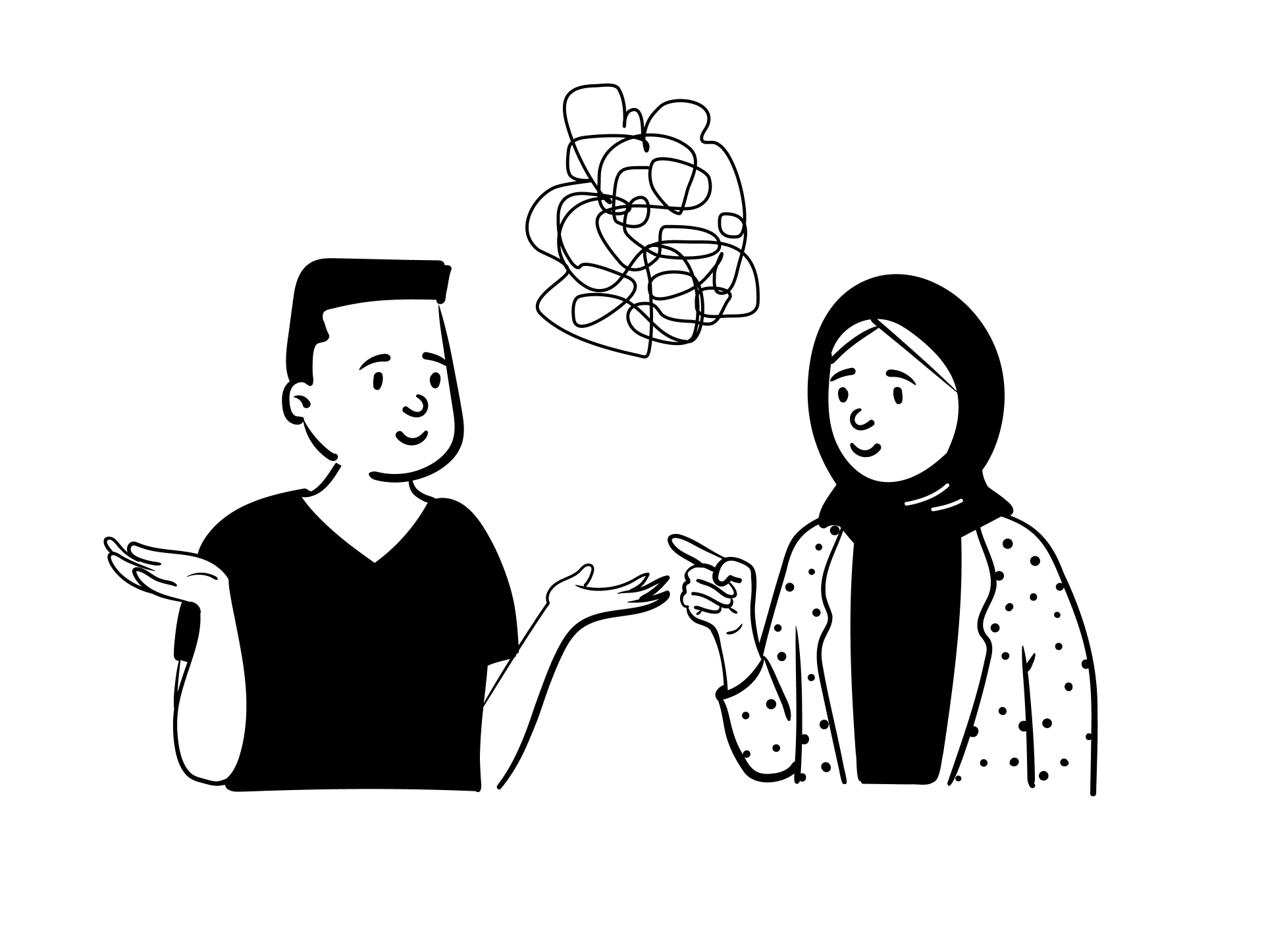How to support complex problem solving
The story
The working group had worked successfully for months to research, design and implement a career development programme for HR professionals. It was to consist of a map of career paths, a set of competencies needed for modern HR delivery aligned with the HR strategy, and a learning offer to develop these.
A scoping document had mapped out key deliverables and milestones for the project. Much had been achieved on time and an enourmous amount of information had been researched and analyzed from different specialized and non specialized competency frameworks. Many learning offerings had been analyzed and costed. This information needed to be integrated to provide a simple framework to guide the development of HR professionals before the most cost effective learning program could be identified. As the group discussed the best approach to this challenge, I sensed rising tension and confusion, the usually participative members were silent and seemed doubtful. It seemed the increasing frustration and paralysis were made worse by the fact that progress had been relatively smooth until that moment. I couldn’t help thinking of a metaphor from another kind of creative endeavor I am familiar with: creating a painting. Often, half way through, I am seized with doubt on how such a collection of scribbled lines and incomplete color will become something coherent and complete. I have learned that these moments, for me at least, are a normal part of the creative process, to trust in that process and keep working through until the sensation fades as the result becomes more visible. I shared this observation with the team and suggested that we each dedicate time to come up with our own version of the best synthesis of the work so far which we would share on line and then discuss in the next meeting. I made it very clear that I was confident that our collective wisdom would eventually lead to the best decision. The tension seemed to ease in the meeting. We all still had to negotiate our own personal impasses to produce something we could share and then discuss but at least we had a way forward. In the end, we did agree on a simple framework of 5 competencies and then checked these choices in a survey of all HR employees who were to benefit from the programme.
The psychology
Emotional ‘self regulation’ is an important part of overall self management for managers and leaders. It is also the first step in containing anxious emotions which others around us may be experiencing. In this story self regulation becomes a ‘super soft skill’ which underpins the soft skill of problem solving. Developmental neuroscience provides much information on how the capacity to ‘self regulate’ in the face of difficult emotions is developed in very early relationships with care givers. If we were fortunate enough to experience good enough care giving, the person providing it, was able to ‘take over’ the management of the emotions from our very immature neurological systems so they were not overwhelmed. In time our own capacity is developed and we can not only regulate our own emotional experience but help others just as our original carers did. The good news is that even if we did not experience good enough care giving we can develop the capacity to self regulate as adults.
What helps
Becoming aware of the intense emotions which can accompany the realization of a problem solving impasse.
Applying your personal strategies for ‘self soothing’ if this awareness is accompanied by anxiety.
Sharing your awareness of the impasse with the team.
Normalizing the experience perhaps by using a metaphor or story.
Expressing your confidence in the process and that the work of the team on the problem will eventually lead to a solution
Resources
Daniel Goleman’s work on emotional intelligence (EI) describes and explains the impact of emotions on thinking at work using neuroscience. His emotional intelligence competency model includes four groups of competencies: Self Awareness, Self Management, Social Awareness and Social Management and provides a useful framework for developing EI in individuals and groups.
Goleman, D. And Cherniss, C. (Eds) (2001) The Emotionally Intelligent Workplace: How to select for, measure, and improve emotional intelligence in individuals, groups and Organizations, Jossey-Bass
Goleman, D. (1999) Working with Emotional Intelligence, Bloomsbury Publishing.
Schor, A.N. (2003) Affect Regulation and the Repair of the Self, W.W. Norton.
This is an academic book which describes research in the development of the capacity to regulate emotion and its connection with psychotherapy. The descriptions of early infant mother studies are very interesting.
